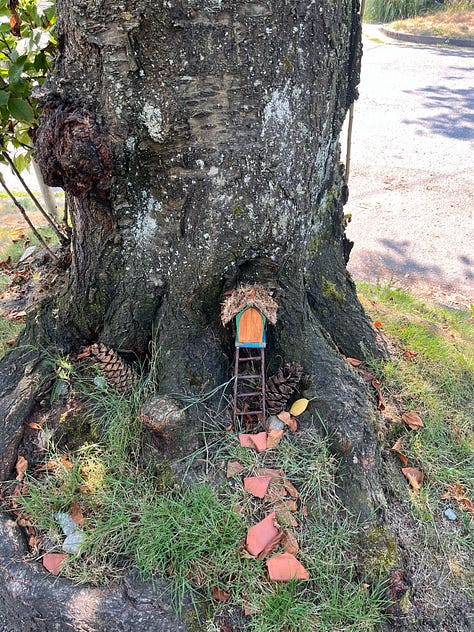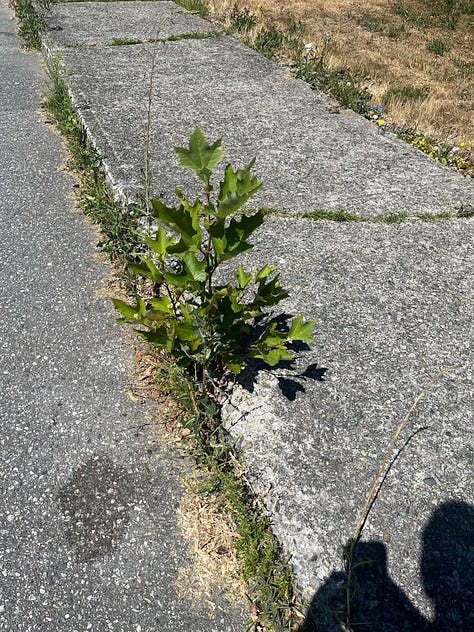One of the most frustrating aspects of developing the Gogomi app earlier this year was the testing process. Unlike typical app development, I couldn’t just use the iOS simulator. I had to use an actual phone and go outside to record walks to test in the wild.
As a software engineer, I’m inclined to optimise performance and tighten feedback loops (usually a good thing). Yet this testing bottleneck something revealed deeper. What initially felt like friction became a great embodiment of Gogomi’s core value: meaningful engagement with the physical world.
The “attention economy” commodifies focus. Creators are incentivised to maximise “engagement time”—a polite term for extracting as much attention as possible from users (Sacasas’ The Convivial Society has more poignant insights into this)
Gogomi deliberately takes the opposite approach. Instead of demanding attention, it encourages presence in the physical world. My own walks have become exercises in mindful observation and quiet reflection.
I find myself noticing the small dramas of outside: plants defiantly growing through concrete cracks, beautiful gardens locked in friendly lawn wars, striking cloud formations, quirky trinkets, and the peculiar artistic…talismans.








Unlike apps designed to maximise screen time, Gogomi aims to fade into the background. Success isn’t measured by engagement with the app, but by engagement with the world beyond screens. The mechanics are intentionally minimal: walk, receive a notification for new territory, check your map, repeat. It serves as a quiet backdrop for exploration and discovery.






